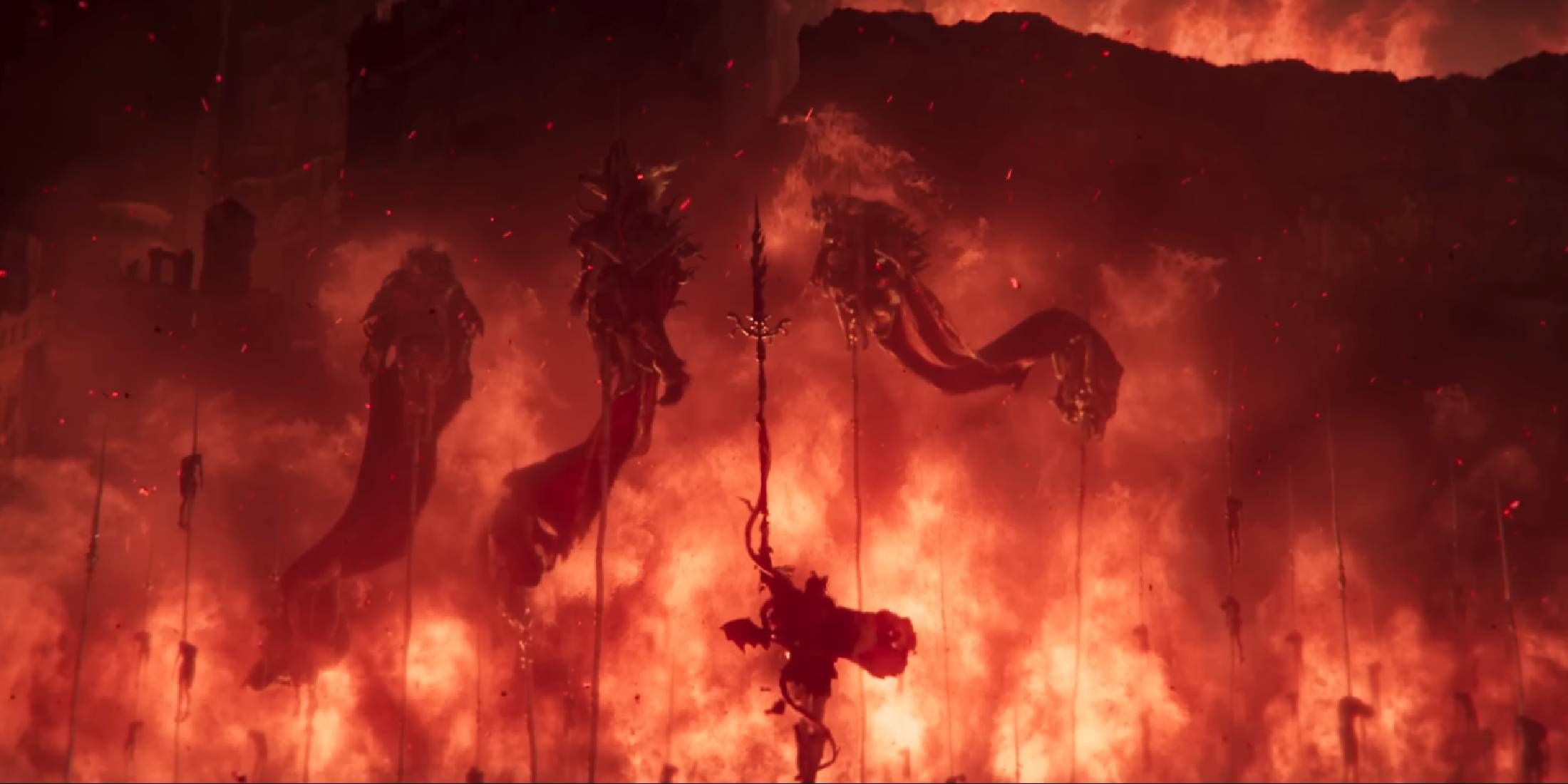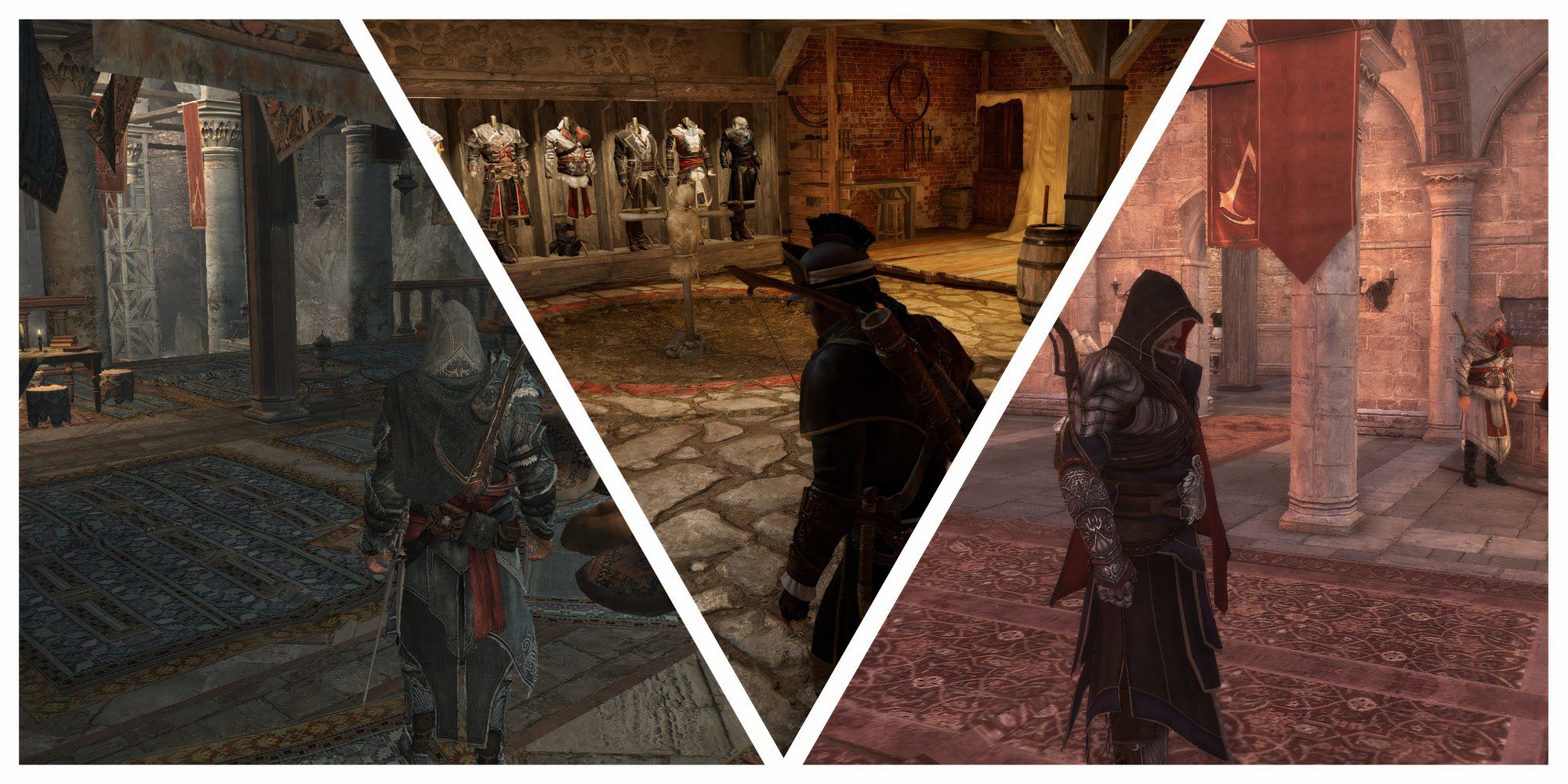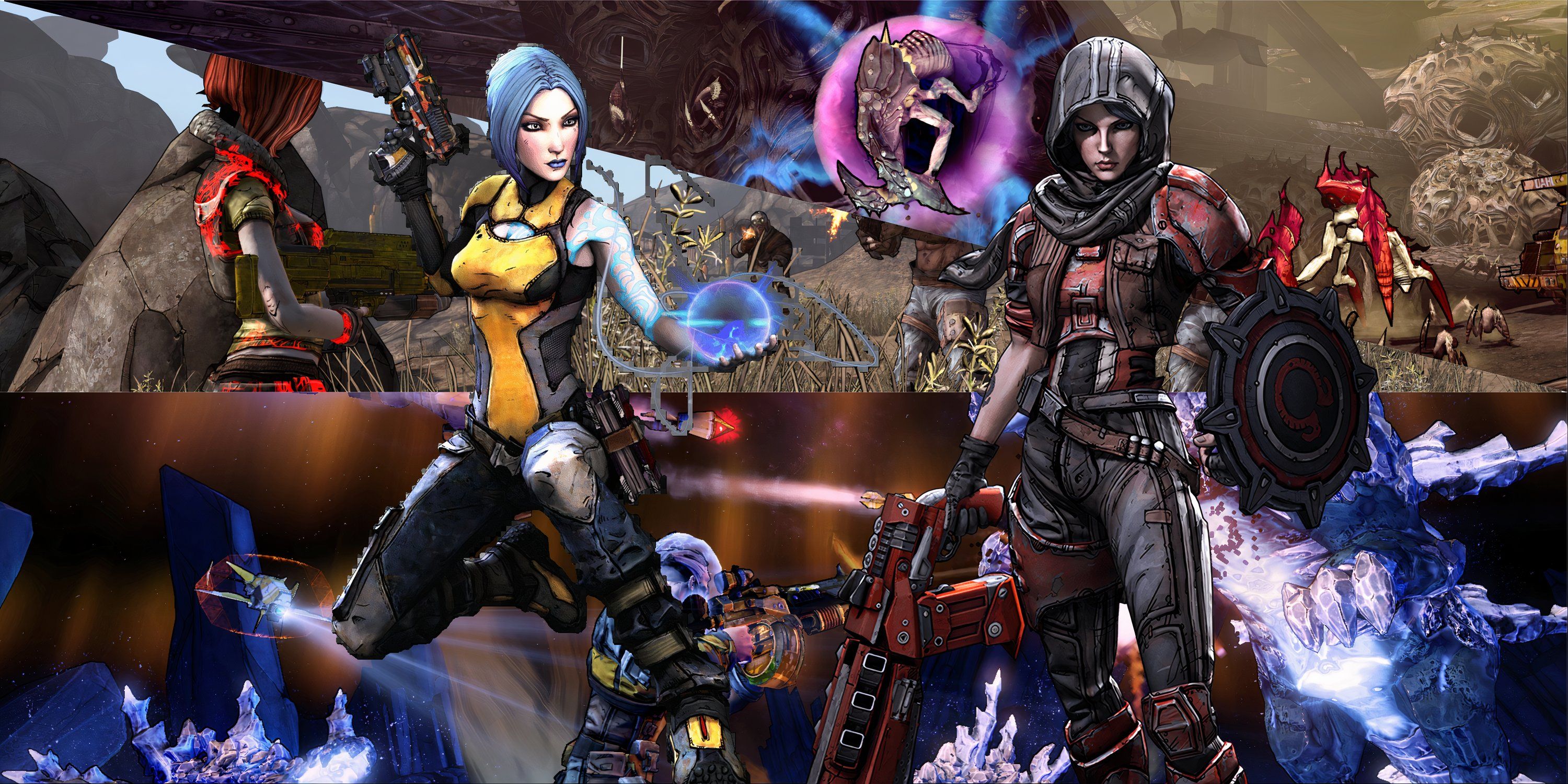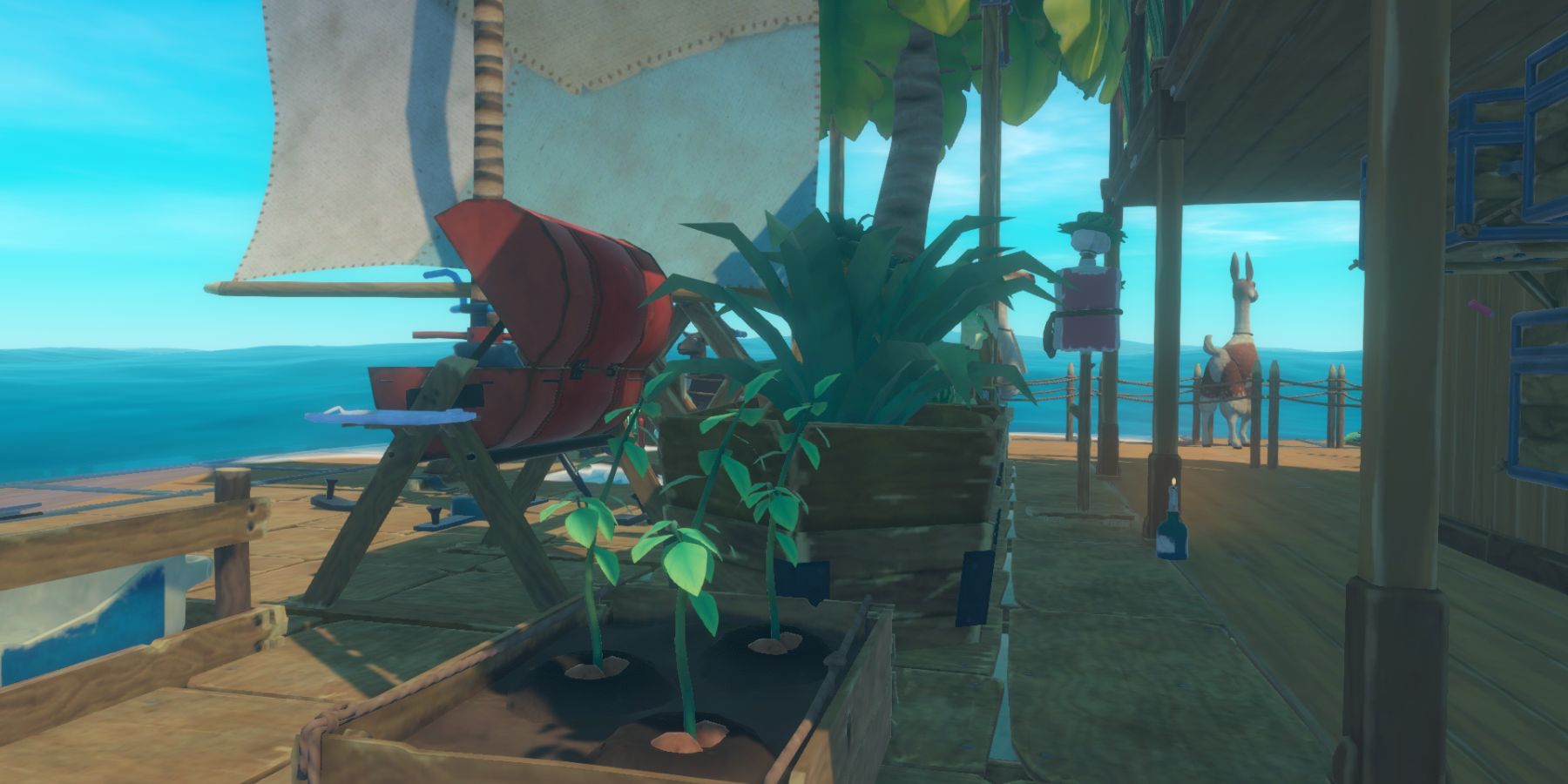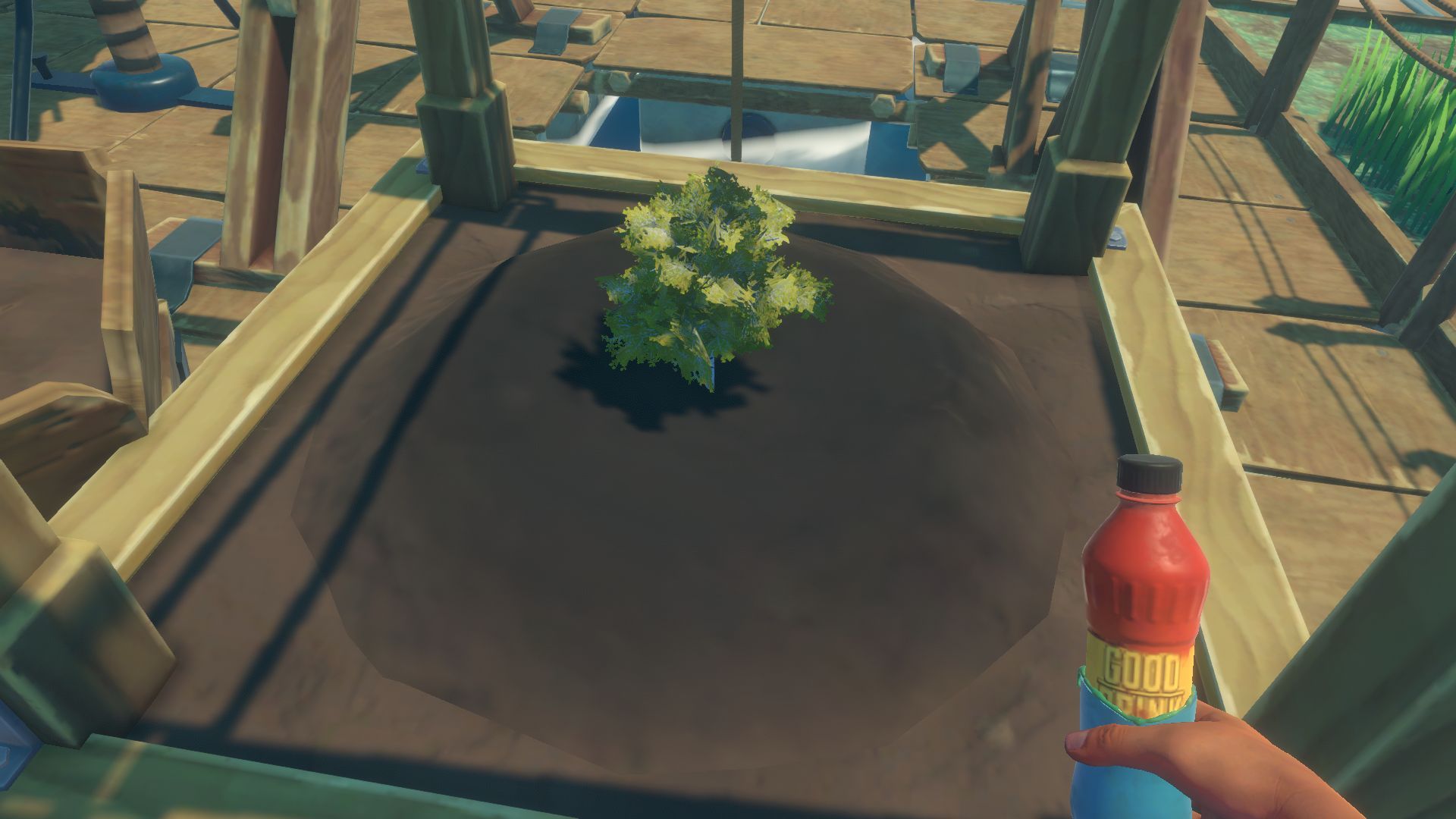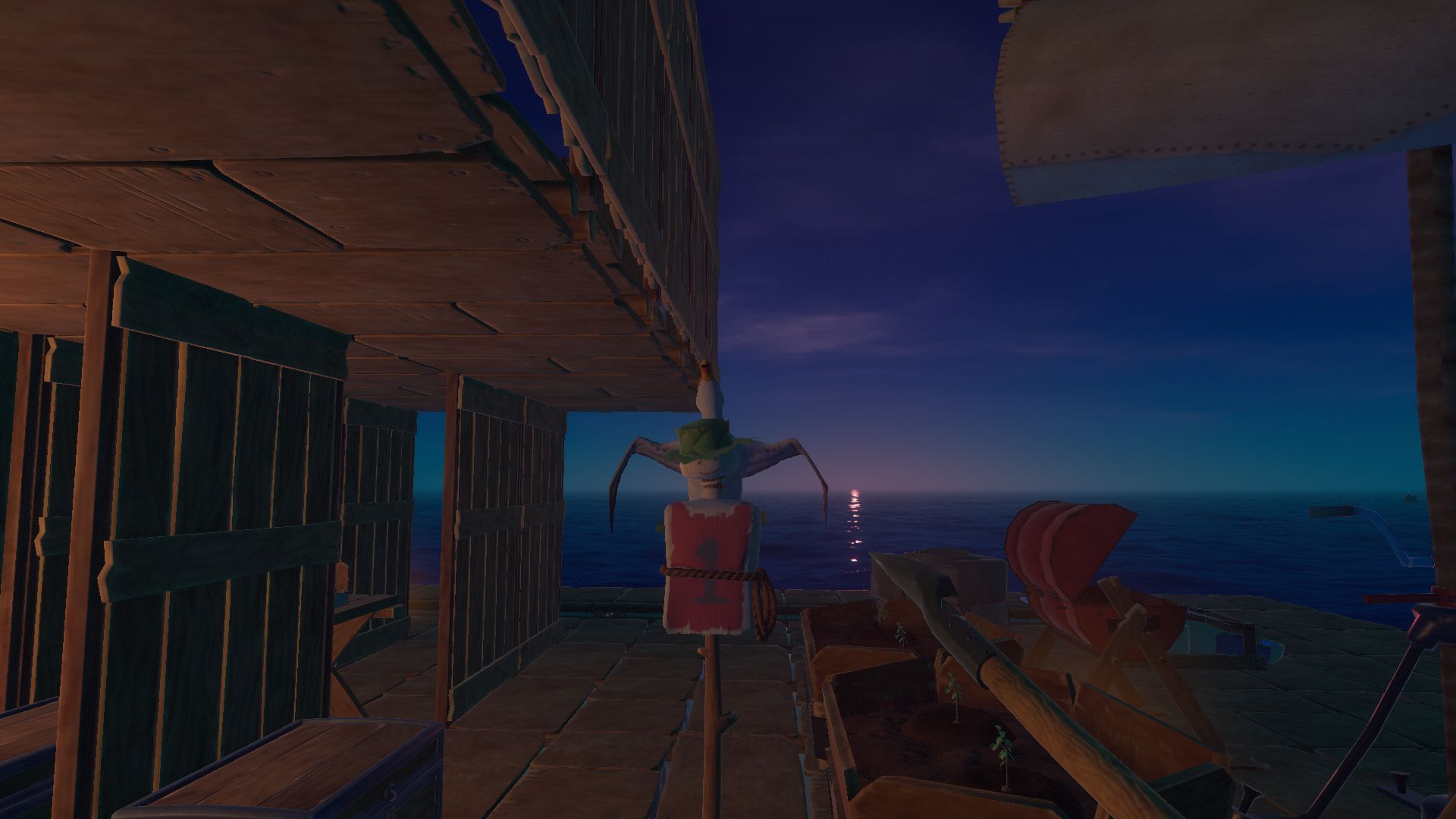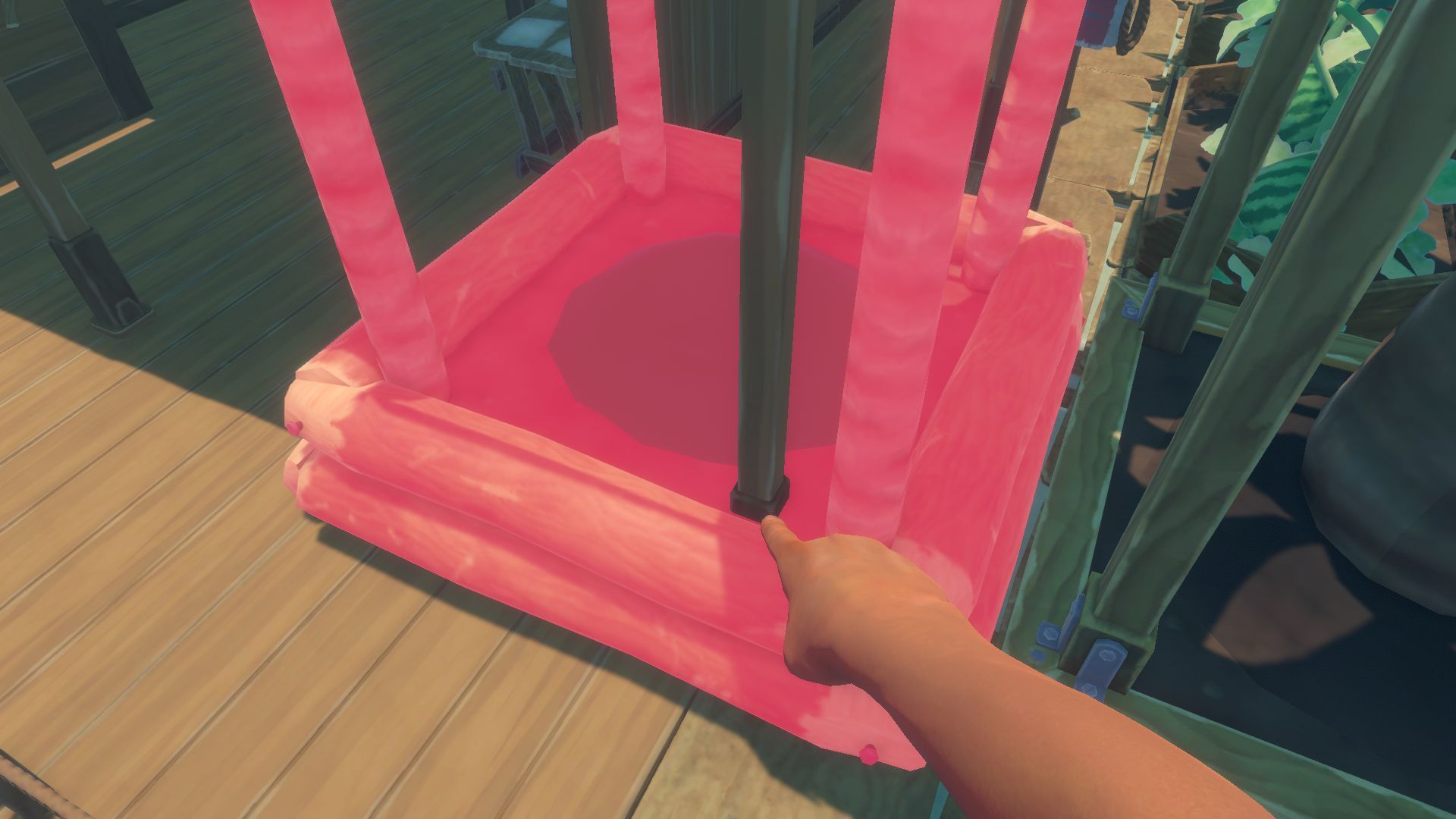When Raft players land on islands and forage for fruits, trees, and flowers, they'll soon notice that they're also collecting seeds of every variety. However, they won't have any way to use them until they start building crop plots.
Crop plots are a useful way to make the titular Raft more self-sufficient. By combining soil with seeds, players can grow their own flowers, fruits, vegetables, and even full-size trees. Farming does come with limitations, though, and so it's helpful to know what players can and can't do with the various sizes of crop plots.
Backyard Gardens
The first thing to know is that different seeds require different crop plot sizes.
- Flowers of every color, beets, potatoes, and (once players find them) strawberries can all grow in the small crop plot.
- Pineapples and watermelons can only grow in medium crop plots. In addition, everything that grows in a small crop plot can also grow in a medium plot.
- Trees require large crop plots, and players can only plant trees in these plots. Tree seeds include palms and mangos at first, but as the story unfolds players will also get access to pines, birches, and banana trees.
Next, players should note that each crop plot supports a different number of seeds. The small plot can hold three, the medium holds two, and the large holds just one. So while small plants can fit in medium plots, it's more useful for players to put them in small plots. Small plots also cost fewer resources and take up less space.
Also, each plot needs fresh water to start growing. Rain counts for this, but if it's not raining players will need just one cup of fresh water for each plot. After that, every seed will grow into a new plant and players can ignore them until they're ready to harvest.
Some extra notes:
- Players can sometimes find old shoes while fishing. These shoes work as single-seed small crop plots.
- Flowers may seem pointless at first, but players can use them in the paint mill to create paint of the same color.
- Plants in crop plots don't always drop seeds when harvested, so players will still need to forage after setting up their crops.
- The grass plot doesn't need seeds, but it does need fresh water and dirt from large islands. These special plots are for feeding animals like llamas and goats.
Seagull Attacks
One hazard to growing crops on the raft is the pair of seagulls that constantly circle overhead. While small and medium crops are growing (gulls will ignore trees and fully grown crops), the birds will sometimes descend and try to eat the plants.
Players can scare them off by running up or kill them with a weapon, but the best solution is to craft a scarecrow and place it nearby. Seagulls will always attack scarecrows first, keeping the crops safe for as long as the scarecrow stands.
Another option is to craft two bird nests which seagulls will sometimes sit in instead of attacking crops. Also, crops in Raft don't need sunlight to grow, so putting crop plots in completely contained rooms will protect them from seagulls.
Trading Post Upgrades
When players reach tier 2 at the trading posts, they can buy blueprints for advanced crop plots, one for each size. Each one takes up a bit less space than the basic version, and the small and medium plots both support four seeds instead of two or three. However, the advanced large crop plot still only has room for only one seed, so its slightly smaller size is its only advantage.
Also, when players reach tier 3 they can buy an advanced scarecrow. This scarecrow doesn't take damage from seagulls, so players can plant their crops when they arrive at an island, go exploring, and expect to find a full harvest when they return.
Raft is available now on PC.

